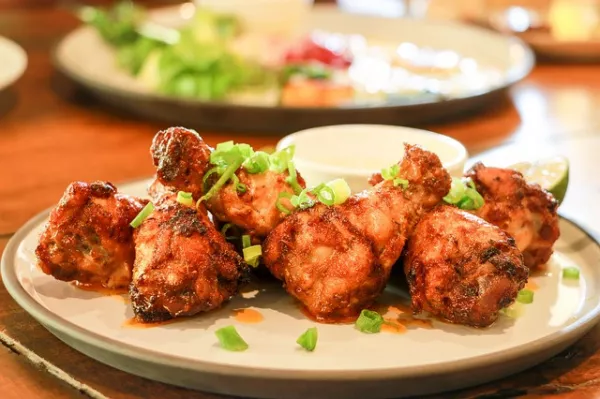Prices for chicken and pork, both from manufacturers and on store shelves, have not changed much since the beginning of the year, and have even been declining in the past few weeks. This trend will continue at least until the end of the year, experts predict.

According to Rosstat, since the beginning of the year, prices for poultry meat have increased by only 0.1%, and for pork - by 0.3%. Over the past few weeks, the cost of this meat has been steadily declining. The same is true for producer prices. According to the Russian Agricultural Bank, in the week from August 29 to September 4, the producer price for a broiler carcass decreased by 1% compared to the previous week, and by 8% compared to the same period last year. The cost of "live" (pork) decreased by 2% compared to the previous week, by 12% - compared to the same period last year.
Now there is a systematic, traditional annual decline in wholesale prices for meat: the barbecue season is closing, and the demand for meat is falling - since the second half of August, people have been spending more money on preparing for school than on barbecue, explains Yuri Kovalev, Director General of the National Union of Pig Breeders. And from October-November, besides, the slaughtering season begins in personal subsidiary farms: the supply increases on the market and prices are further reduced. Prices begin to rise only closer to the New Year, the expert explains.
The second reason is the increase in pork production, which puts pressure on the cost of chicken, adds Albert Davleev, president of Agrifood Strategies. Turkey prices also remain stable, as do poultry and pork prices. Only beef and lamb are getting more expensive.
Affordable meat prices stimulate the growth of its consumption. In 2021, Russians ate a record 27 kg of pork per person, in the first half of 2022 they added another 7%.
According to Kovalev, over the eight months of this year, the increase in pork production amounted to more than 7%. For the seven months of 2022, the production of poultry meat in agricultural organizations increased by 5.8% compared to the same period in 2021, the Ministry of Agriculture told RG.
“This is a dramatic increase in supply to a market that has long been self-sufficient. Based on this, there is no pressure of wholesale prices on retail. Therefore, with general inflation above 10%, retail meat prices are stable,” explains Kovalev.
Due to the stable price situation in the first half of the year, a significant increase in pork consumption by 7% is observed. At the same time, last year the consumption of this meat has already exceeded 27 kg per person per year - this is a record figure in the recent history of the country.
This trend with poultry and pork prices will continue at least until the end of the year, Kovalev predicts.
This could be a problem for meat producers, whose costs have risen significantly in recent times. But now the situation with grain, which is used for animal feed, is helping. At first, export duties on grain contributed to the decline in grain prices in the domestic market. And now three more factors are added to this: the expected huge grain harvest in Russia, a strong ruble and hidden sanctions against our grain exports. Deliveries abroad are reduced - this additional volume remains in the domestic market, which leads to a further decrease in grain prices. Therefore, despite the reduction in the cost of meat, producers manage to maintain sufficient profitability. The situation is balanced for both consumers and producers, Kovalev concludes.
Measures of state support also allow maintaining the required level of profitability of production, the Ministry of Agriculture adds. Restrictions on the export of grain, among other things, make it possible to ensure its availability for livestock breeders.
In addition, enterprises are provided with preferential “short” loans for the purchase of grain, meal, premixes, vitamins and amino acids, preferential investment loans for the construction, reconstruction and modernization of livestock facilities, including feed mills and workshops, as well as for the purchase of equipment for them.
© Inline LLC 2015-2026. Privacy Policy | Terms of Service